
Swiss Cheese Plant Grows Fruit?! Varnish + Vine
Some common names for Monstera deliciosa are swiss cheese plant, mexican breadfruit plant, and even fruit salad plant plant because of the delicious flavor of its fruit. But did you know that there may be some unpleasant consequences if you eat the unripe fruit? How do you know if it is ripe and safe to eat?
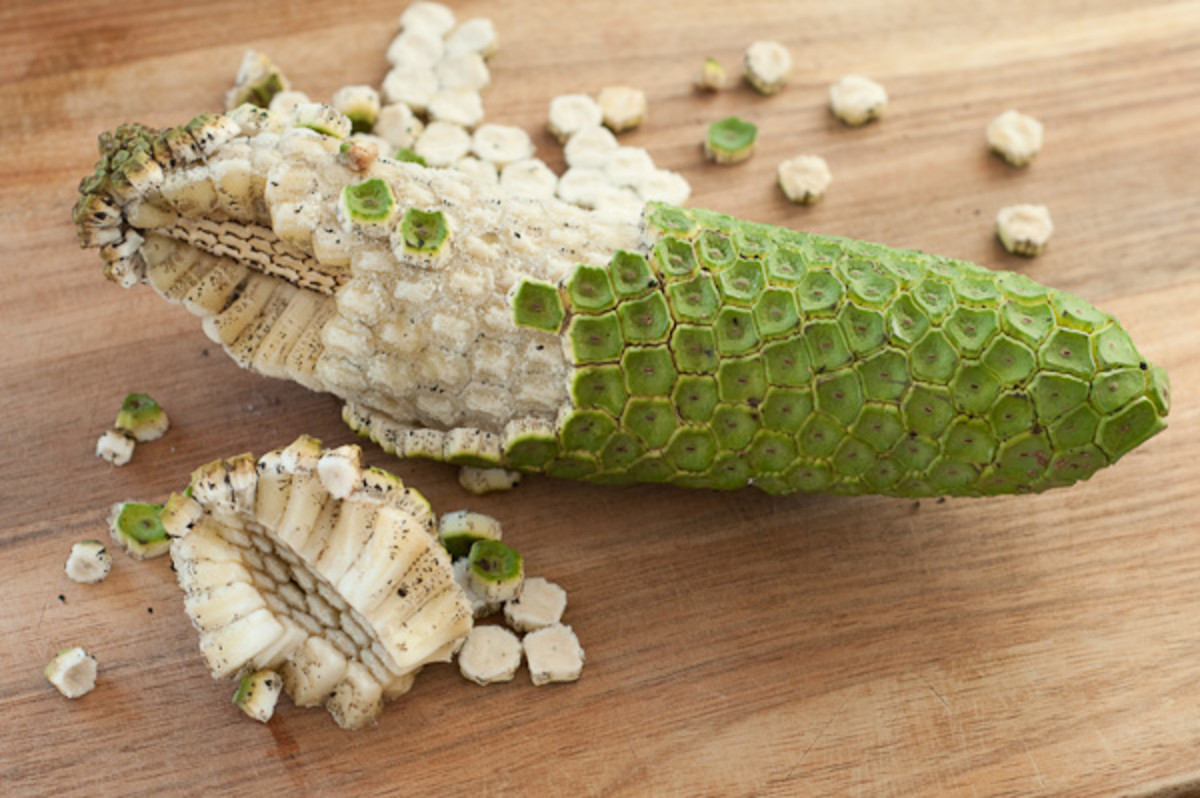
The Swiss Cheese Plant More Than Its Looks HubPages
Monstera deliciosa, the Swiss cheese plant [2] or split-leaf philodendron [3] is a species of flowering plant native to tropical forests of southern Mexico, south to Panama. [4] It has been introduced to many tropical areas, and has become a mildly invasive species in Hawaii, Seychelles, Ascension Island and the Society Islands.
:max_bytes(150000):strip_icc()/grow-monstera-adansonii-swiss-cheese-plant-1902774-hero-02-15f556061b6e4a63a6ac0c7882702430.jpg)
Swiss Cheese Plant Indoor Care & Growing Guide
Monstera fruit takes 12-14 months to ripen. Monstera fruit is called a spadix and is comprised of numerous berries that are initially covered by a waxy bract (spathe) that drops from the fruit as it matures. The green, cone-like fruit is 8-14 inches (20-36 cm.) long by 2-3.5 inches (5-9 cm.) across.

Monstera deliciosa, Philodendron pertusum, Swiss Cheese Plant, Fruit Salad Plant, Ceriman
Optimal growth temperature: 34⁰C (91.4⁰F) Optimal annual rainfall: 2000 mm (78.74-inches) Plant growth form: Climber Life cycle habit: Perrenial The plant produces edible fruit that tastes like banana and pineapple (fruit salad?). Cultivated plants seldom produce flowers or fruit comparable to plants in their natural habitat.

Swiss Cheese Plant Monstera Deliciosa Fruit Salad Plant Patch
by Daniel. Monstera deliciosa is also called Swiss cheese plant, delicious monster, fruit salad plant, windowleaf, or simply cheese plant. It got its name because of the typical holes in its leaves. the plant is one of the most popular houseplants. Its imposing size, as well as the huge, glossy leaves, explain the popularity of the vine.
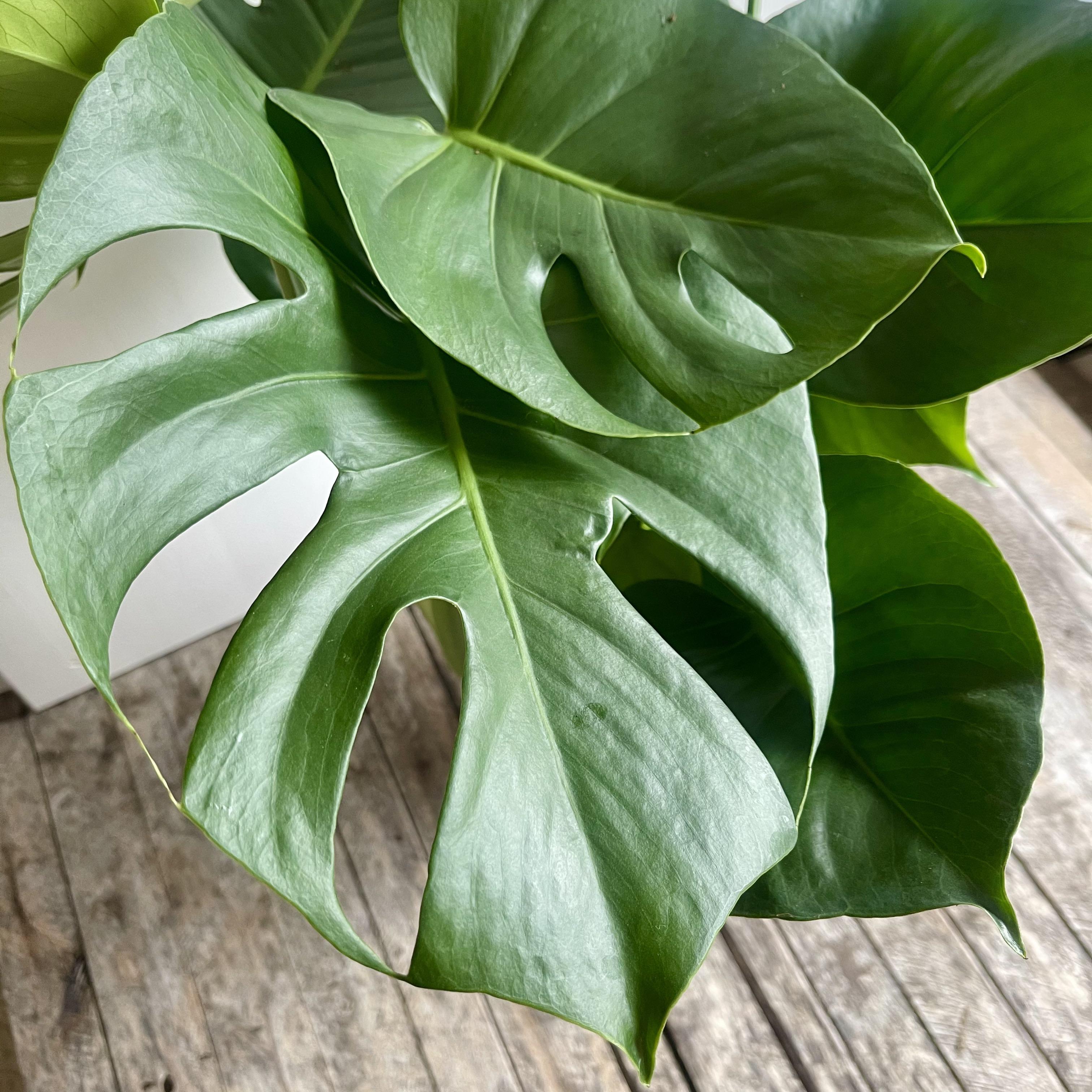
Monstera Cheese Plant
Monstera deliciosa is a fruit that should come with an instruction manual. Unripe fruits are chock full of oxalic acid, a substance that is used to bleach wood and clean rust off metal. Those who.

Buy swiss cheese plant Monstera deliciosa
Common Names: Monstera, Swiss cheese plant, Mexican breadfruit, split-leaf philodendron, delicious monster, fruit salad plant (in reference to its edible fruit), monster fruit, monsterio delicio, windowleaf Type of Plant: vine Origin/Native Habitat: Southern Mexico and Panama / commonly found in rainforests across Central America and the Caribbean

Monstera deliciosa eating the dangerous Monster Fruit or Swiss Cheese Plant YouTube
Monstera deliciosa, the Hurricane or Swiss Cheese Plant are all names for an old fashioned but favorite houseplant. Look closely at the Latin name (Monstera deliciosa) which means "Delicious Monstrosity".This is due to the edible fruit it can occasionally grow which tastes like banana and pineapple, although only a few people will encounter this because it rarely flowers indoors.

Closeup of a Fruiting Swiss Cheese Plant, Popular Tropical Plant Specie from America with Edible
Native to Central and South America, the Swiss cheese plant is a tropical perennial that's typically grown as an indoor plant . The Spruce / Cara Cormack Like its cousin Monstera deliciosa (also referred to as the Swiss cheese plant), Monstera adansonii has a fast growth rate and a vining habit.
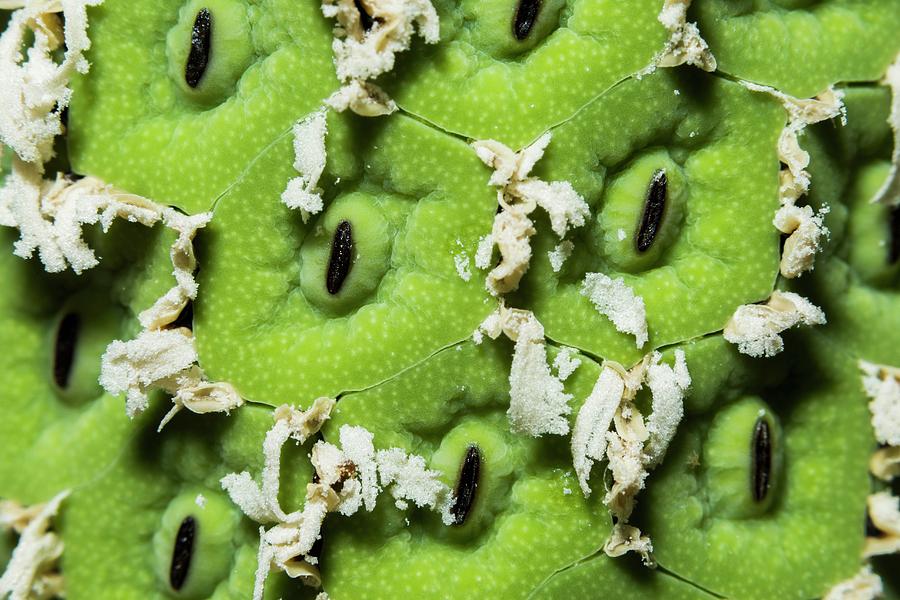
Swiss Cheese Plant Fruit Photograph by Douwma/science Photo Library Pixels
Monstera Deliciosa, also referred to as the Swiss cheese plant, Mexican breadfruit, and fruit salad plant, is a popular houseplant native to warm climates in Central America such as Guatemala, Panama, and Southern Mexico. Recognized for its unique leaf structure, it bears an edible fruit that marries the flavors of several tropical fruits in one.
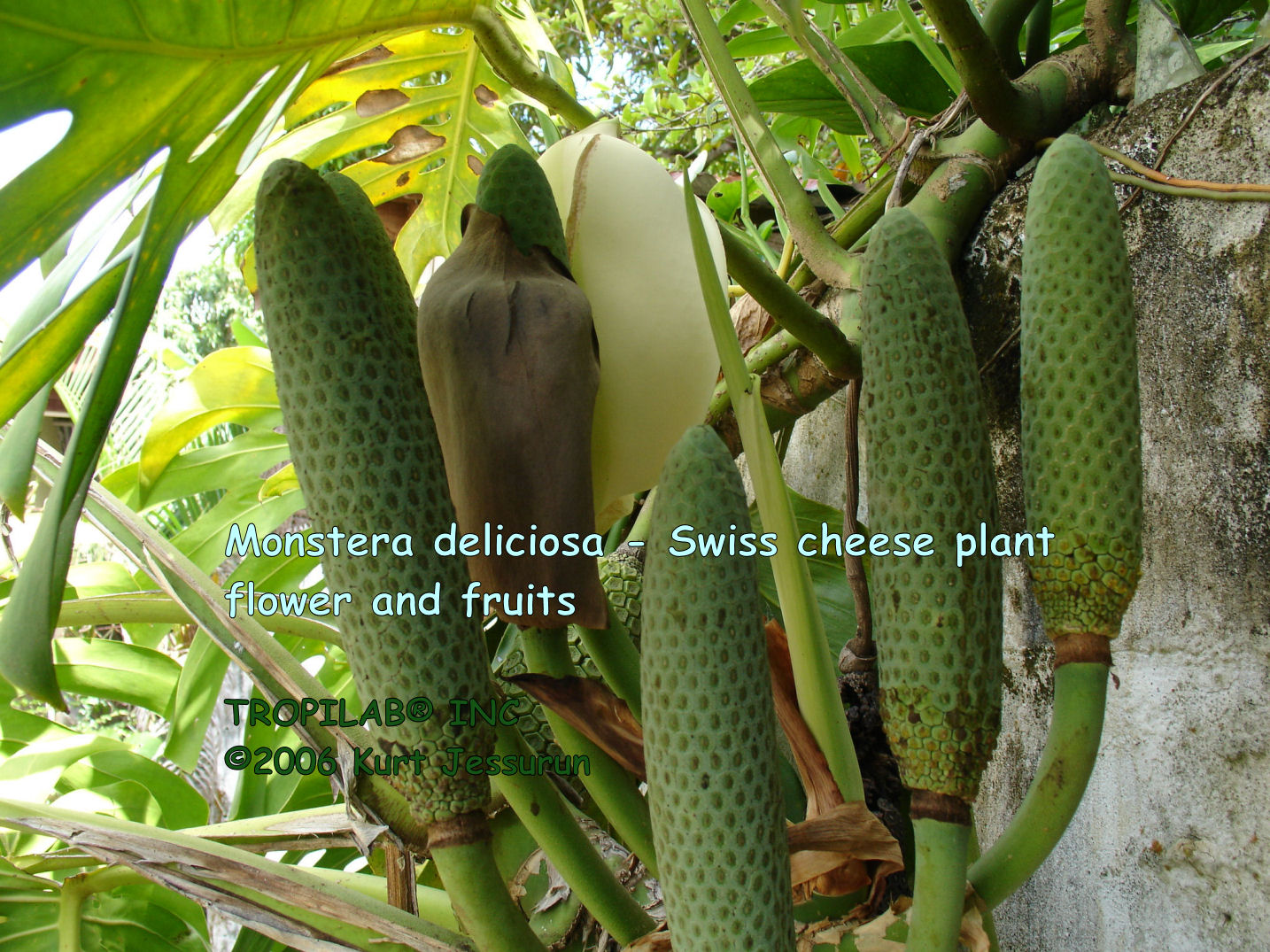
MONSTERA DELICIOSA SWISS CHEESE PLANT.
Melbourne greenhouse owner Han Nguyen says the Monstera deliciosa is also known as the Swiss cheese plant due to the holes in its leaves, which she says have a functional purpose. "By developing holes, the deliciosa is best suited to withstand heavy wind and downpour in the rainforest, because it originates from Mexico and Central America."
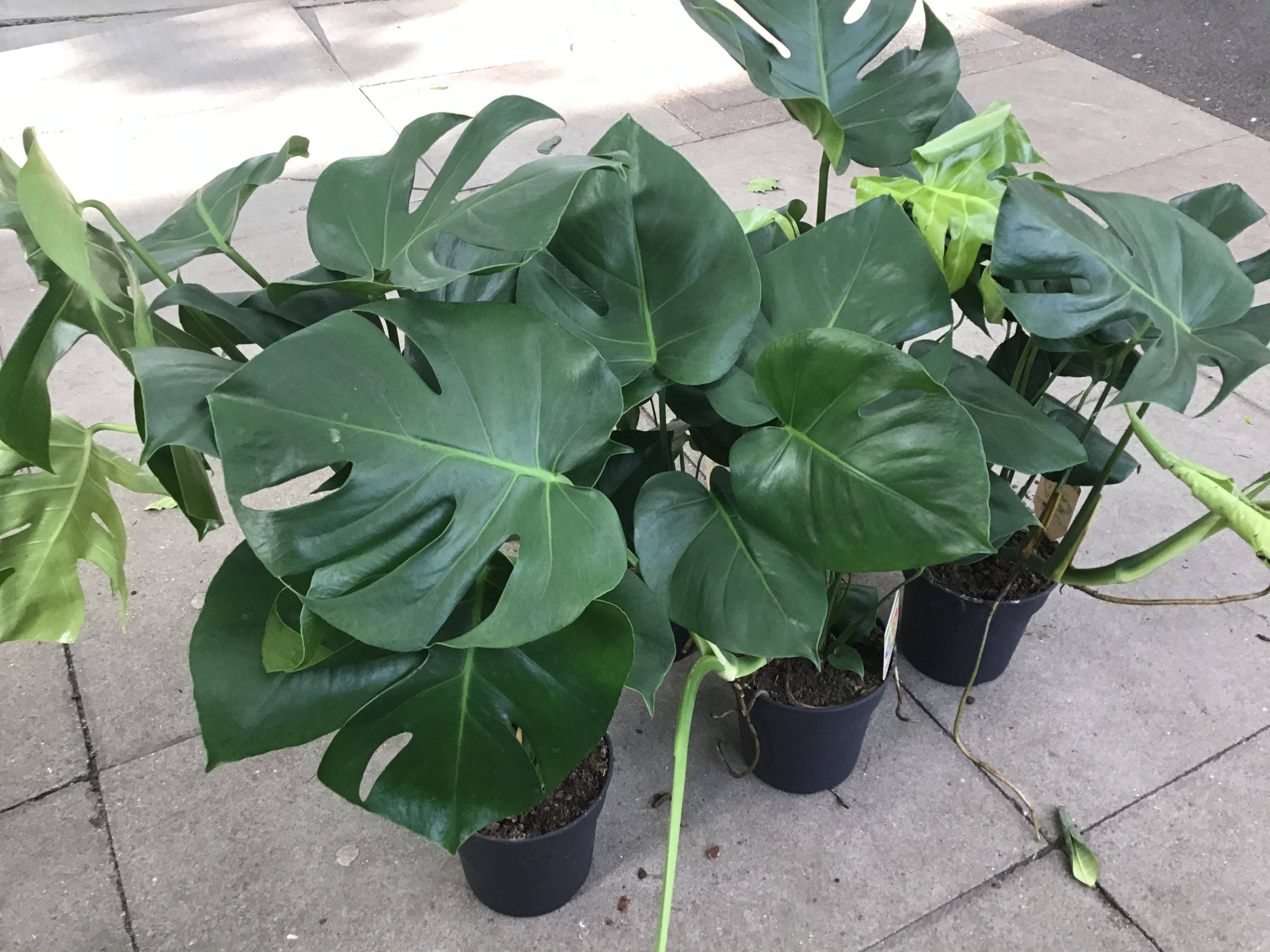
Monstera deliciosa (Swiss Cheese Plant) Kew Gardener
Clinging aerial roots of Monstera. M. obliqua has smaller leaves than M. deliciosa. In nature this plant is actually an evergreen liana, a trailing or climbing epiphytic vine, which grows high into the rainforest canopy. It can grow 70 feet or more and rarely branches. The heavy, cylindrical, 2½ -3" stems are rough with leaf scars.

Buy Monstera deliciosa, Swiss Cheese Plant PlantVine
All of our Swiss Cheese Plants are grown in our recycled plastic pots. Each plant arrives with a ceramic, plant stand or belly basket, making the watering process easy to follow. Simply pop the Monstera in its growing pot straight into the ceramic or basket and voila, you have effortless, ready-to-go, green style. The Cheese Plant in Grey Ceramic

Monstera Deliciosa Cheese Plant Buy it now at Feels Like Home
Garden Guide August 30, 2023 For many, the Swiss cheese plant is synonymous with a lush houseplant, its striking leaves gracing living rooms across the world. But did you know that hidden amidst those iconic leaves is a tropical treasure waiting to be discovered?

Fruit Salad Or Swiss Cheese Plant Monstera Deliciosa Buy Fruit
Monstera deliciosa. 4. How to Eat Monstera deliciosa Fruit. To eat Monstera deliciosa, you have to take off its scales. From the outside, the scales are hard but the inside is soft. The texture is a mix between a citrus fruit and a banana. The flesh is white. You then take off the soft, inner white flesh using a scoop.
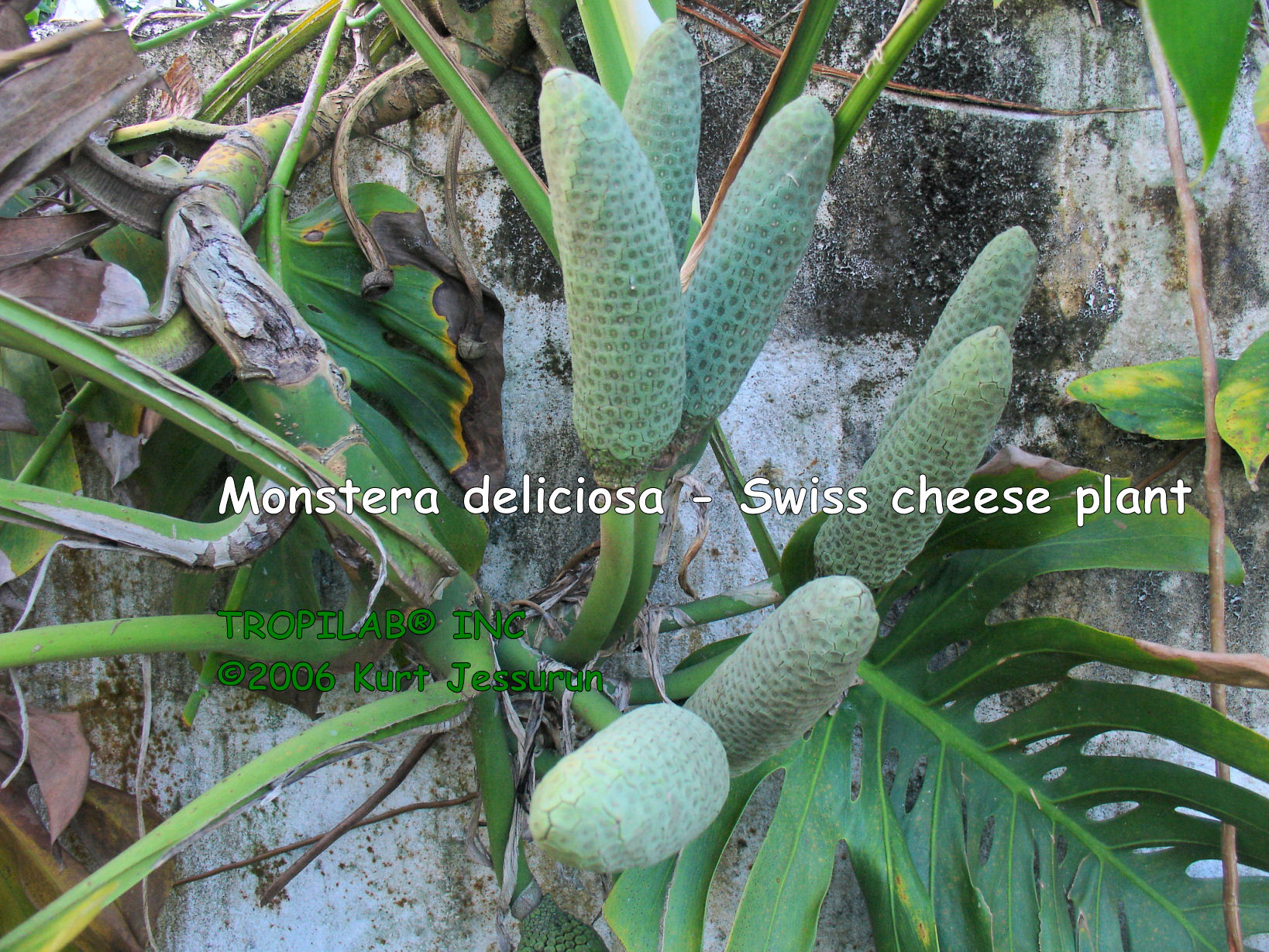
MONSTERA DELICIOSA SWISS CHEESE PLANT.
Monstera deliciosa, or the "swiss cheese" plant is a gorgeous houseplant with gigantic leaves. Learn how to care for it in our guide! Written by Lorin Nielsen Last updated: October 26, 2022 | 12 min read Do you like to make your indoor space look like a veritable jungle? If so, you'll need to grow Monstera deliciosa.